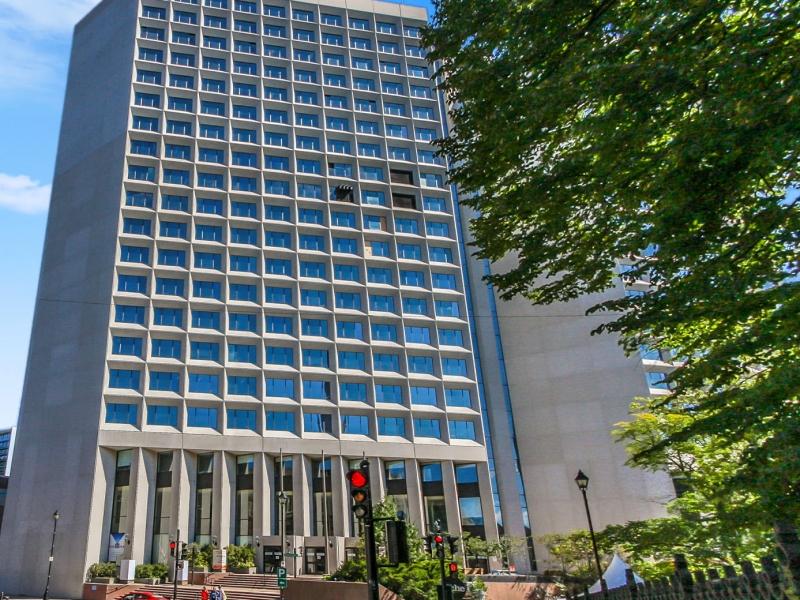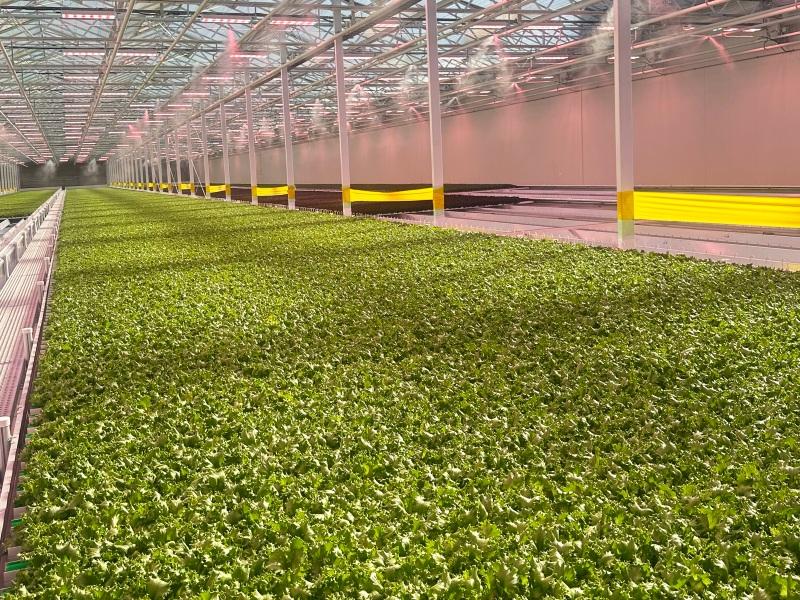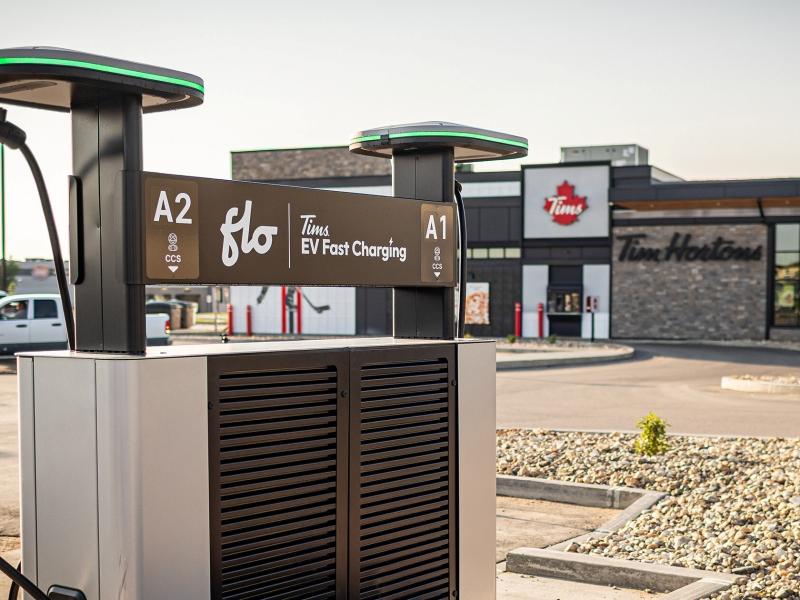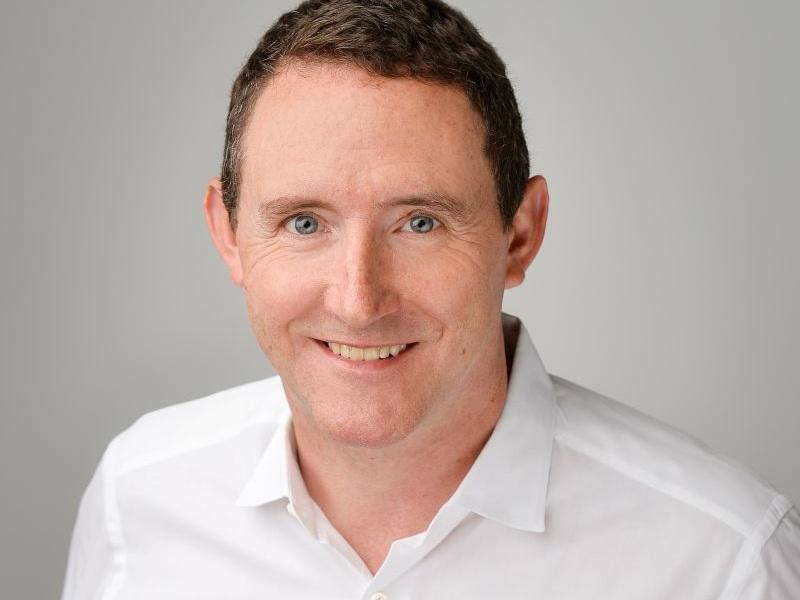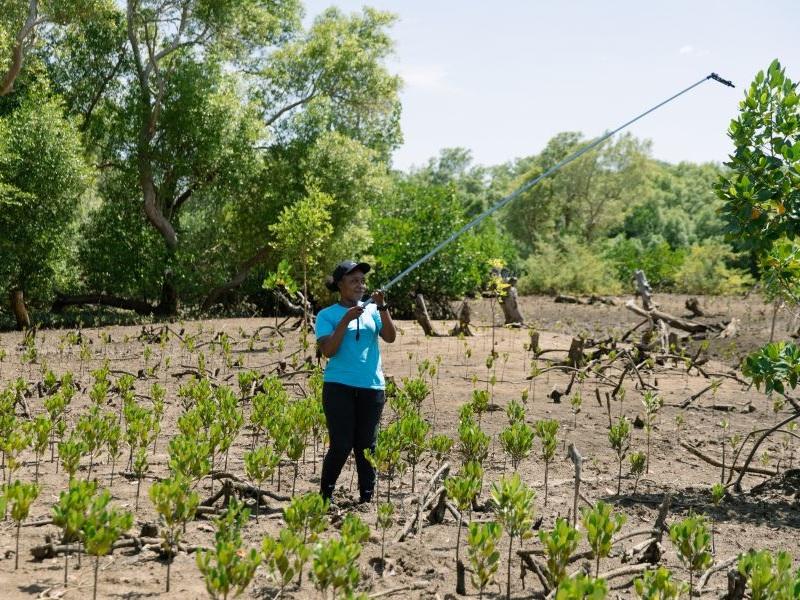
If a tree is planted in a forest, does it make a positive environmental impact? Vancouver-based veritree aims to answer that question with an array of technologies that track and calculate the benefits of reforestation projects.
Described by CEO Derrick Emsley as the “connective tissue between organizations that want to fund restoration work and groups that can deliver high-quality projects,” his goals with veritree are to enhance the transparency of nature restoration efforts, aid in their management, and monitor progress that can be submitted to a standard.
“What we’re building is the technology to manage the life cycle of reforestation projects, from design to implementation through to monitoring and reporting,” Emsley said in an interview with Sustainable Biz Canada, “and support businesses and investors in delivering funds to high-quality projects.”
veritree is armed with a small arsenal of technologies — including cameras, satellites, sensors and drones — to measure how reforestation projects are faring on tree growth and survivability, nurturing biodiversity, carbon sequestration and local economic support.
The company’s roots are in tentree, an outdoor apparel company co-founded by Emsley, his brother Kalen Emsley, and their friend David Luba in 2012. As the name suggests, 10 trees are planted for every product sold. To audit the tree planting it was funding, veritree was formed.
Though he never intended for veritree to be a standalone business, Emsley was approached by organizations funding reforestation efforts to use its service. Seeing the potential, it was spun out in 2022.
veritree’s service
Operating globally, veritree’s service covers conventional tree planting, and also mangroves, kelp forests and post-wildfire efforts.
Outlining veritree’s process, Emsley started with the step of taking satellite photography of a plot of land. Once analyzed to understand factors such as historic and current tree cover, what the opportunity for reforestation looks like, and the risks and opportunities, the information can inform whether the land is suitable for reforestation and the project design.
Once the trees are planted, veritree has a technology-based process to collect data. Drones will hover over and roam the project area to monitor tree growth. Cameras, drones and sensors will calculate the diameter of tree trunks, the soil moisture levels and temperatures.
If the owner is curious about whether the project is revitalizing biodiversity, cameras and bioacoustic sensors that watch and listen for wildlife are in place.
The data is shared with project developers and investors to keep tabs on its status and progression. veritree’s partners who deliver reforestation projects can support project design, evaluate the status of their projects and verify the data against established standards. Investors can get a window into their project portfolio to see if their investment in nature is having an effect, Emsley said.
To bolster its credentials on the methodology side, vertiree has Kathleen Buckingham as its director of science. She helped write The Road to Restoration document jointly created by The Food and Agriculture Organization and the World Resources Institute.
The document is used by veritree as a template for its monitoring of nature restoration projects, a starting point that is being built upon using the most recent studies.
Addressing additionality
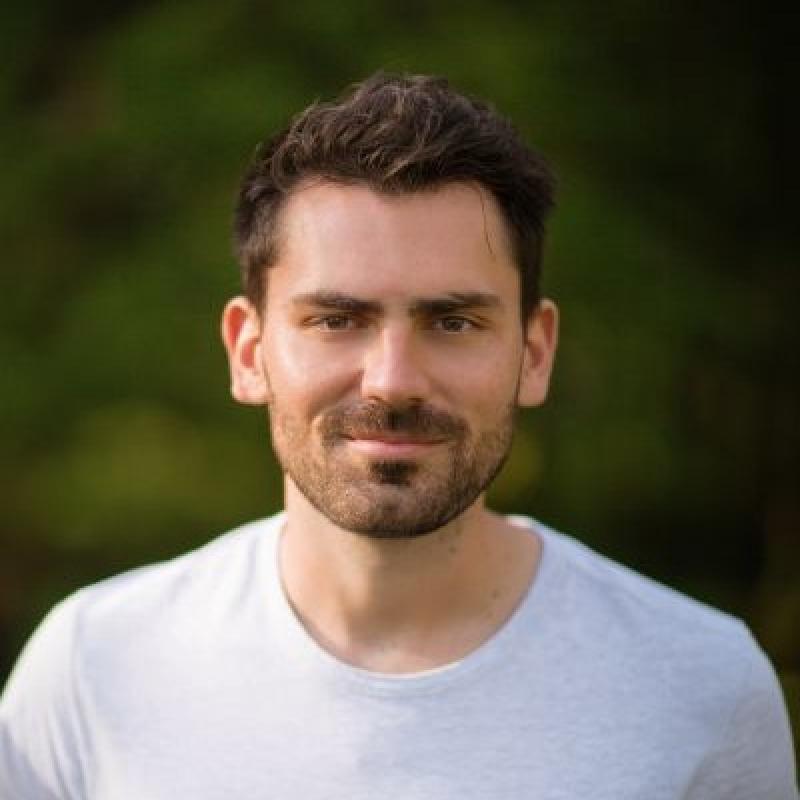
Emsley noted reforestation sharply diverges from the forestry-based carbon offsets industry in one key aspect. Unlike offsets, reforestation is planting more trees, not preserving existing forests. This largely bypasses the problem of the additionality: if a piece of forest is protected, does it add to carbon removal or would nothing have changed?
“Reforestation and restoration, generally speaking, does not have the same exposure” to risks such as additionality, he said, which is a common criticism against forestry-based carbon offsets.
While the reforestation sector is somewhat shielded against additionality, Emsley acknowledged it is a risk his company monitors. As one example, the company can create a baseline for a site ravaged by a wildfire, and demonstrate that restoring trees will result in a healthier ecosystem compared to one with no intervention.
Another difference is how veritree collects data on more than carbon; Emsley said most projects it supports are not focused on carbon mitigation. It is equally important to consider other benefits such as biodiversity, environmental restoration and how the projects are helping people, he said.
In eastern Kenya, mangroves that sustain fishing communities are being cut for firewood or shelter, harming neighbouring economies and food supplies. veritree is hiring locals to revive the mangroves and monitor the progress.
“As the mangroves start to get restored, some of the fishing habitats start to recover and that economy starts to build again,” Emsley said.
Emsley’s verdant vision for veritree
veritree has worked with thousands of companies, including Canada’s BMO, Telus and Hopper, plus large multinationals such as Samsung and Capital One.
It received US$6.5 million in Series A funding in May, led by led by Pender Ventures.
The company is managing corporate commitments of over 100 million trees to be planted around the world. Emsley's goal for veritree is to help plant around 10 times more: one billion trees by 2030.


